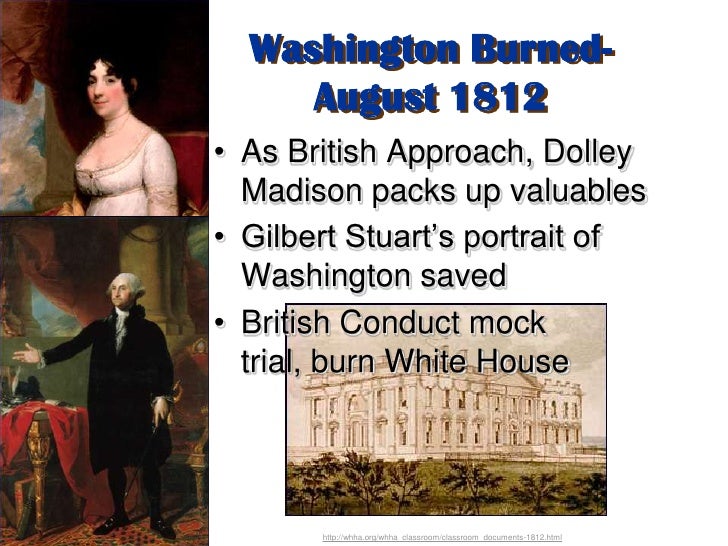

The microfilm collection is arranged chronologically. All of the 7500 supportive reference materials (books and pamphlets) are available online. Records of the microfilm will be mounted in the OPAC in the near future. The microfilm collections are described on the website, which also includes an online version of a comprehensive subject index for all of the microfilm, prepared by the Library staff. Geographical focus is Atlantic World, with special emphasis on Great Britain, the middle colonies and states, and Canada. It is strongest in military history, but many documents also relate to social and economic history.
It is richest in items from 1750 to 1800, but does cover some years of the early National period. The bulk of the microfilm collection consists of primary documents chiefly from American and British institutions. The entries describe type of document, the principals involved (e.g., sender and recipients of letters), number of pages, and an abstract of contents. A guide, arranged alphabetically with subject and chronological indexes, accompanies the collection, and is available at the Library and at area repositories. Feinstone's collection of approximately 2500 manuscripts (dating from 1605) is available at the DLAR on microfilm original documents have been placed on deposit at the American Philosophical Society in Philadelphia. Taken together, the collections support research far beyond research in the Revolutionary war, including such topics as early print culture, genealogy, and women's history. The Library continues to acquire reference materials (available on open stacks, arranged by date of acquisition) and historical documents on microfilm. The books and pamphlets are searchable in a remotely-accessible online catalogue future plans involve mounting microfilm records as well. The collection comprises approximately 10,000 reels of microfilm and another 7,500+ books and pamphlets to support the film sources. But the parameters go beyond that, and the institution intends to eventually expand its scope to encompass the French and Indian War up through the War of 1812. The David Library's collection scope is American history from about 1750 to 1800.
#Revolutionary war diarly free
The Library is free and open to the public Tuesday through Saturday, 10 to 5 and has a website: The Collections:
#Revolutionary war diarly how to
Feinstone, who supported the library's establishment, donated the land in Washington Crossing, and had his collection catalogued and microfilmed to serve as the core foundation for the library's collections, serving to illuminate the present about how to "survive in freedom" by looking at crucial documents of the past. The present library building was erected in 1974 on an 18th-century farmstead owned by Mr. Feinstone began collecting manuscripts in the 1930s, and after his purchase in 1945 of Buckstone Farm, began concentrating the focus of his collection on the period of the Revolutionary war.

The David Library was founded in 1959 by Sol Feinstone (1888-1980), a businessman and collector of Revolutionary War manuscripts (and is named after his grandson). Katherine Ludwig, Librarian, Ryerson, Academic Director, Institution: The David Library of the American Revolution


 0 kommentar(er)
0 kommentar(er)
